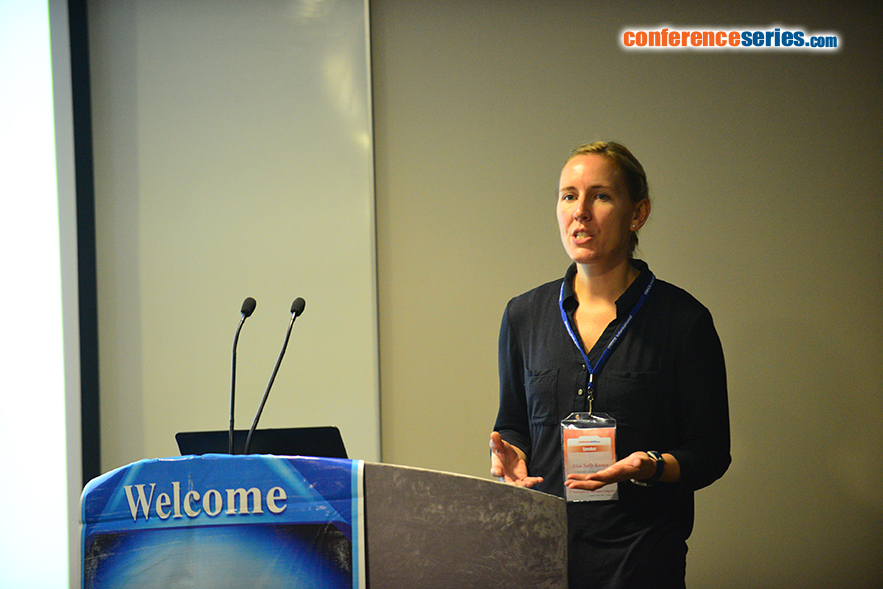
Liza Koster
University of Glasgow
UK
Title: Heart rate variability in dogs used in veterinary training facilities exposed to instrumental music
Biography
Biography: Liza Koster
Abstract
Heart rate variability (HRV) is the non-invasive method of measuring variation of R-R intervals of the ECG recording and is the final balance of the autonomic nervous system input on the sinoatrial node of the heart. HRV has been used to stratify risk of humans with cardiovascular disease including, coronary artery disease and elevated ST segment acute myocardial infarction. In dogs, HRV is reduced in those dogs with decompensated degenerative mitral valve disease. Music has benefited many captive animals in zoological institutions in terms of behavior and production animals in terms of productivity. Two studies have demonstrated that HRV has improved in shelter dogs in response to human interaction and classical music. There is a real concern regarding the welfare of dogs used by veterinary schools for teaching purposes. The aim of measuring HRV in dogs was to employ a non-invasive, portable method of measuring cardiovascular autonomic tone which could be viewed as a reflection of overall stress experienced by these dogs while they are being utilized in veterinary education. Sixteen kennel and student owned dogs were subjected to an observation cross-over study. Dogs were allocated to a Music or No Music category and after a 7-day washout period became their own controls. Time and frequency-domain variables were measured over a 80 minute period, unexpectedly mean heart rate variability (µRR) was lower in dogs that were exposed to auditory stimulation possibly due to novelty, while standard deviation 1 of Poincare plot (SD 1) was higher (p=0.94), standard deviation 2 of Poincare plot (SD2) was lower (p=0.4) and LF/HF was lower (p=0.03), all indicative of sympathetic withdrawal. The use of different genres and tempo of music needs to be explored further.



